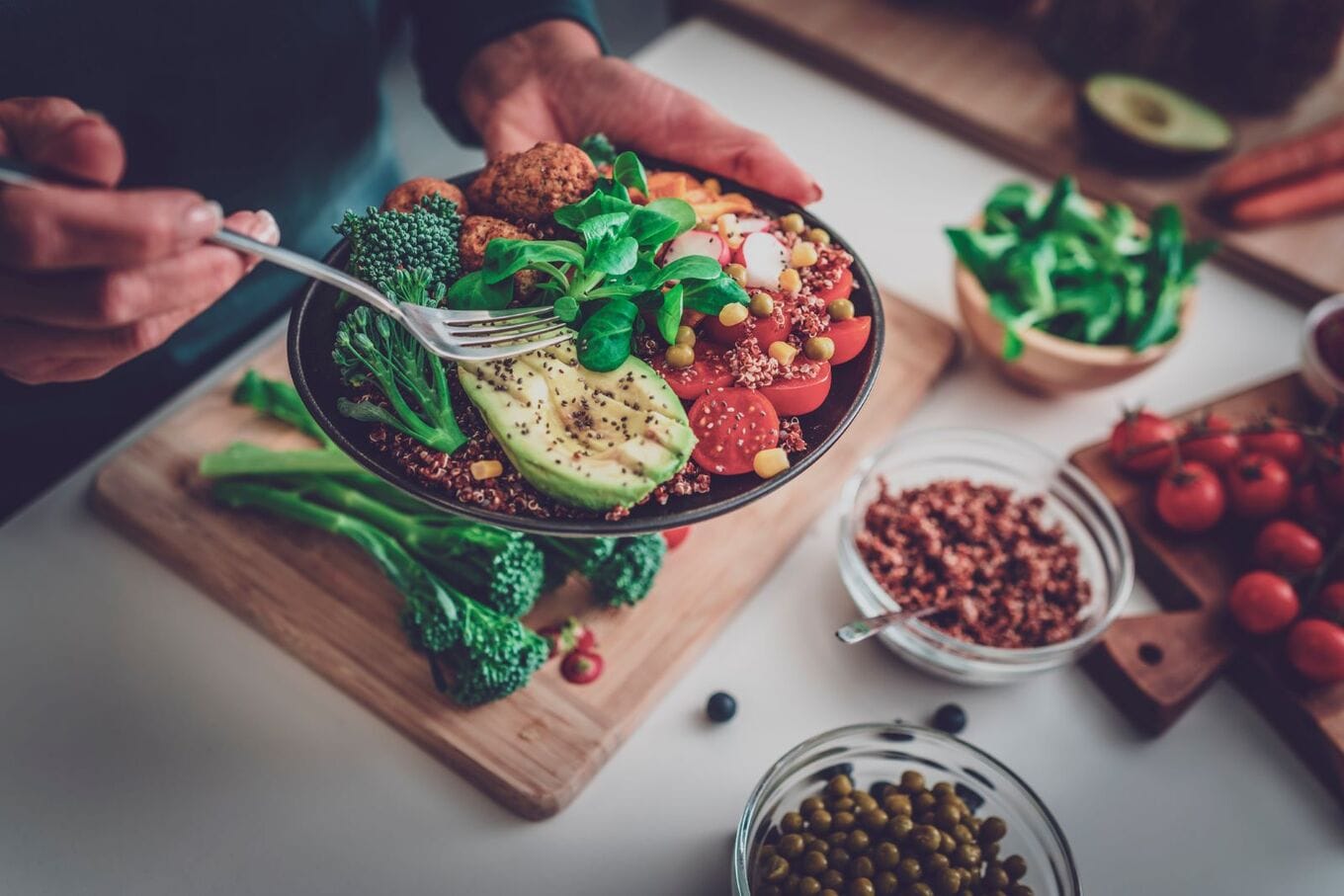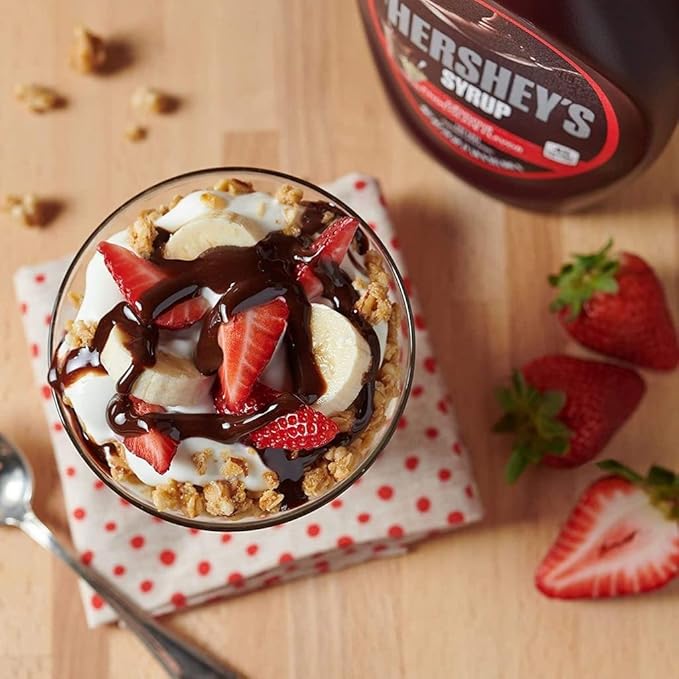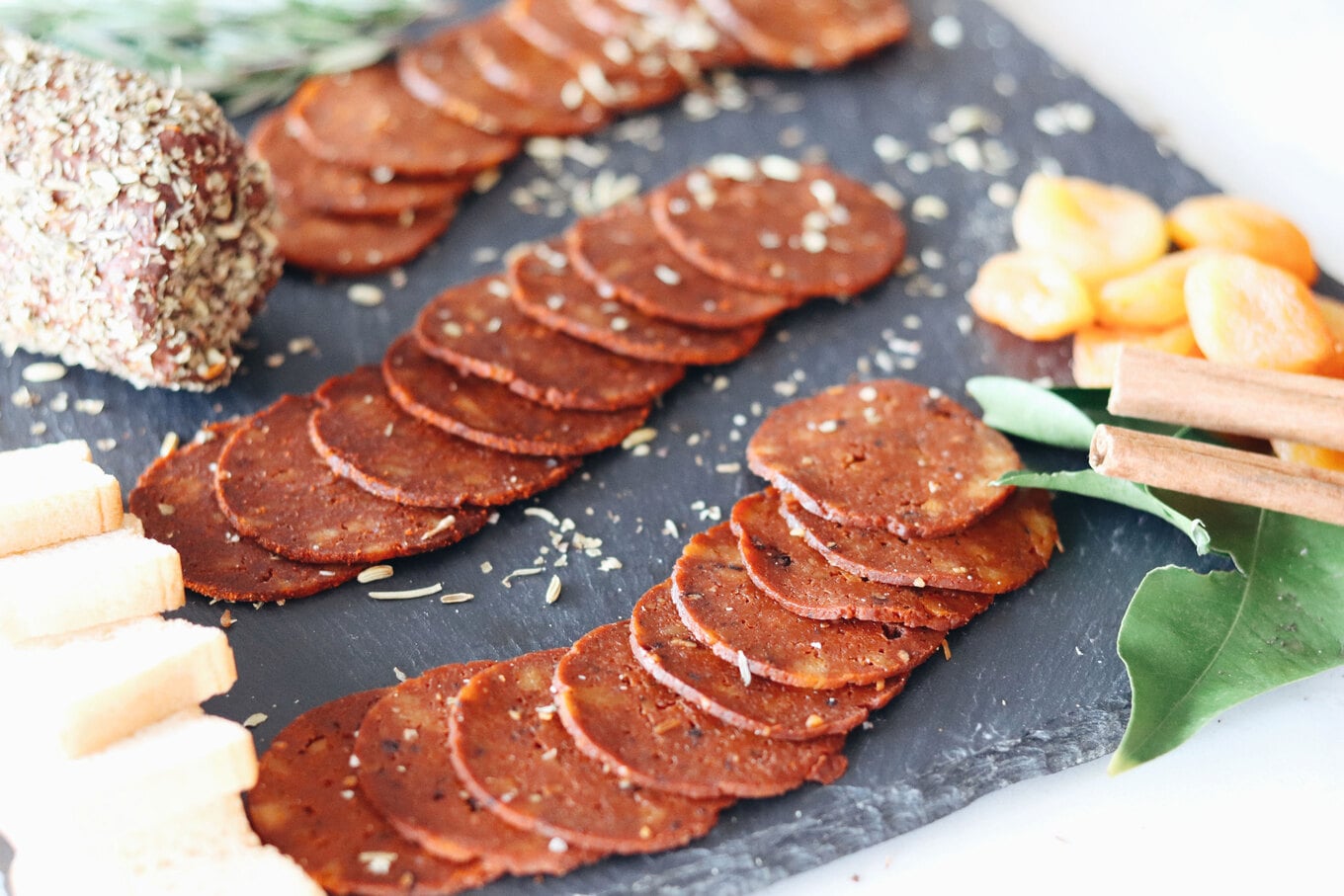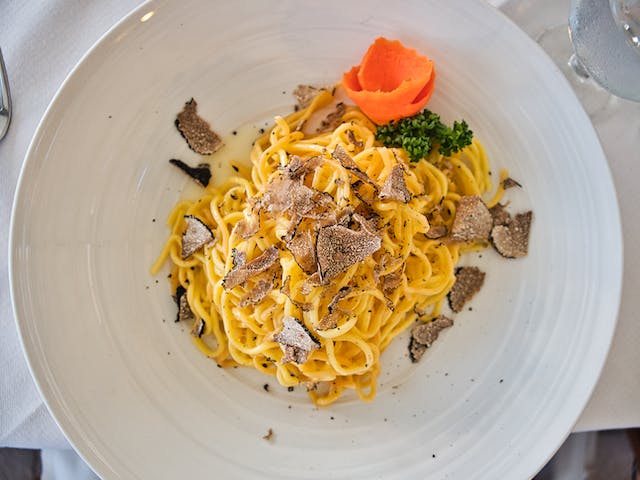Cows eat grass to build the body mass humans consume as meat And that happens in an idyllic setting, as most of the beef we eat comes from industrialized factory farms where fresh grass is hard to find both as food (because cows are fed processed grains) and under hoof (as they are mostly kept inside crowded farms).
But what if that grass could be turned into protein without needing to go through a cow first? That solution could give us that grass-fed protein we desire while shifting demand away from the horror that is factory farming.
This is what Netherlands-based company Schouten Europe had in mind when it partnered with Dutch company Grassa. Together, the companies will research how protein derived directly from grass can be applied to meat alternatives.
Schouten
“Grass protein has massive potential,” Grassa Director Rieks Smook said in a statement. “Grass yields 2.5 times as much protein per hectare as soy. Grass supplies are readily available.”
The duo is specifically interested in exploring how grass proteins might outperform common plant-based meat bases such as soy. “Grass protein is a high-quality, local, and scalable alternative to soy,” Smook said. “When compared to other protein sources, it provides a huge reduction in the carbon footprint.”
Table of Contents
Turning grass into protein
The Netherlands’ National Protein Strategy was developed to support the EU’s goal of becoming more self-sufficient. The strategy aims to reduce its reliance on imported soy and, in the next five to 10 years, shift to locally produced plant-based proteins. The work that Schouten and Grassa are doing supports this goal.
Schouten has been producing plant-based proteins since the ‘90s and currently offers a variety of meat and seafood alternatives. The company distributes its products under a private label in 50 markets. It is working with Grassa to further develop alternative proteins that can aid in the shift toward more sustainable diets.
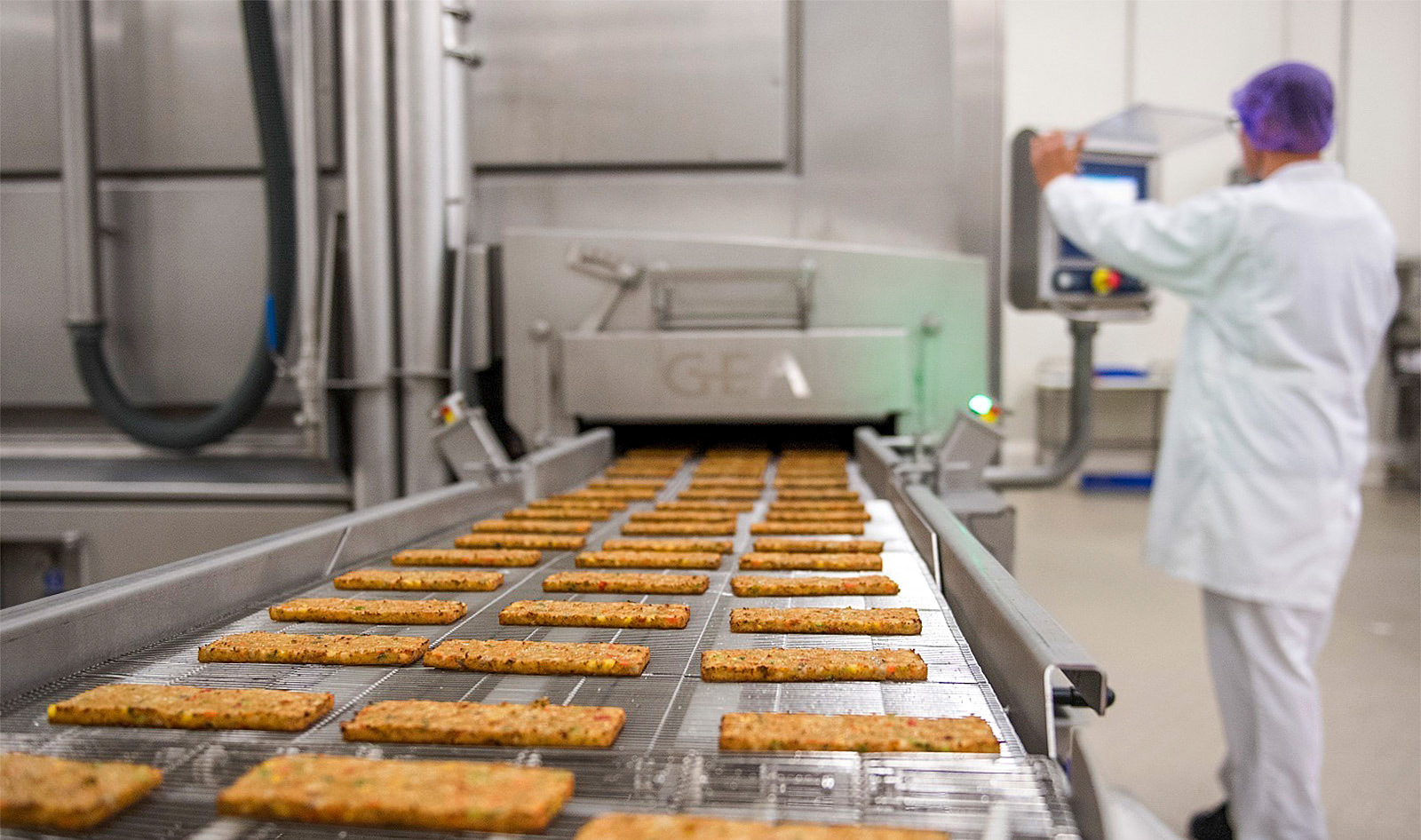 Schouten
Schouten
“As a pioneer and innovator in the meat substitute market, we are always looking for interesting protein sources that can contribute to the protein transition,” Henk Schouten, owner of Schouten Europe, said in a statement.
“We are very interested in protein from grass,” Schouten said. “It is our ambition to use sustainable and local ingredients in our products.”
Grassa specializes in processing grass to optimize nutrition and is working in the animal feed sector to reduce greenhouse gas emissions. Its work with Schouten will bring its expertise into a new sector, where it has already developed and tested technologies to extract protein from grass for human consumption.
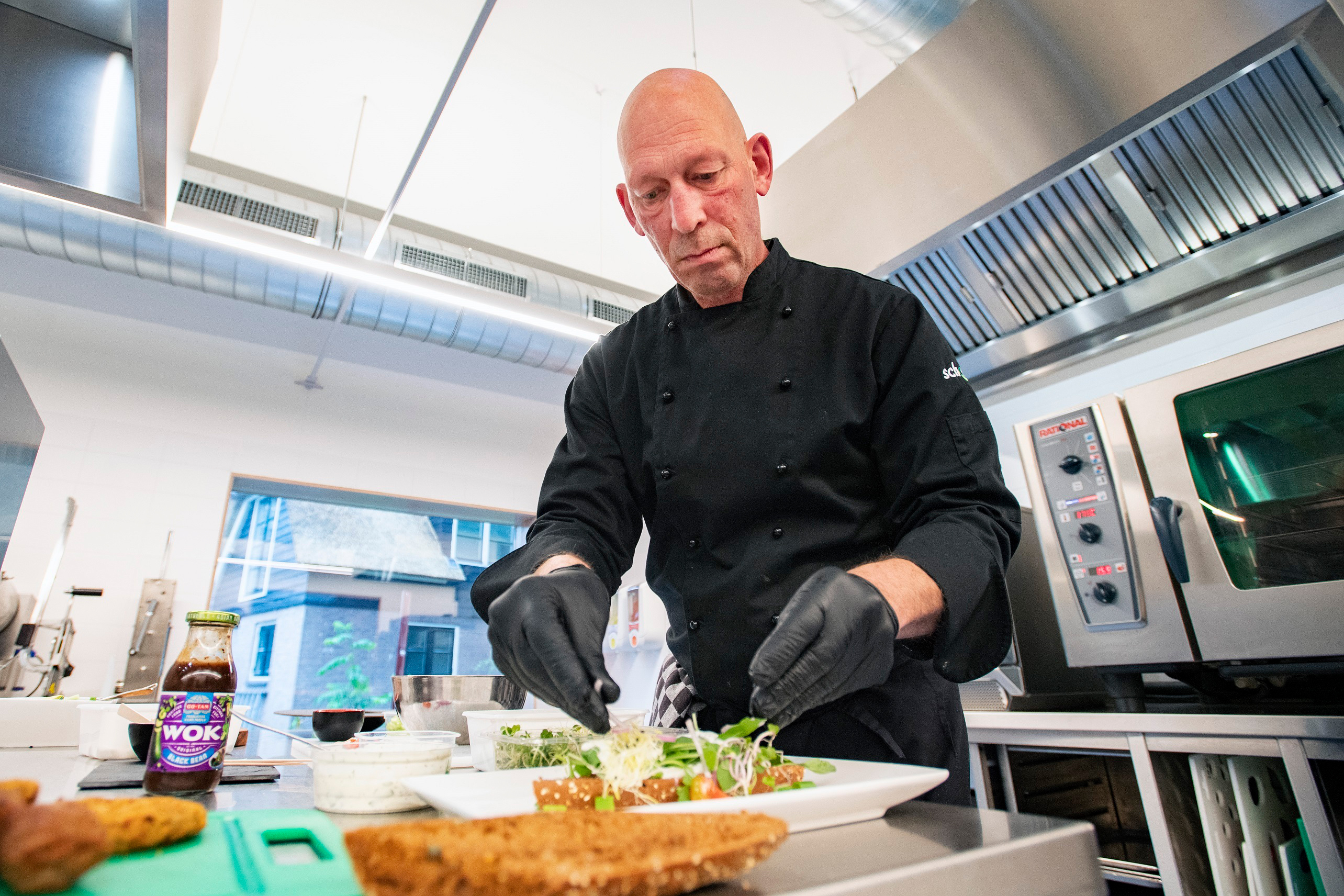 Schouten
Schouten
“We already collaborate within the animal feed sector and are very pleased that we have found an exclusive partner in Schouten Europe for the application of grass protein in human nutrition,” Smook said.
Is grass protein the next big thing?
The collaboration between Schouten and Grassa is part of a growing trend that looks to eliminate animals as the middlemen tha turn grass into protein.
In 2019, scientists from Technical University of Denmark’s (DTU) National Food Institute and Aarhus University in Denmark were able to distill protein powder from grass matter, particularly ryegrass, that featured a similar amino acid profile to soy, eggs, and whey. The only issue here was a bitter taste that needed coaxing to become palatable.
And grass protein can be a source for modern milk production, as well. Innovative company Those Vegan Cowboys make animal-free casein—the functional proteins in cheese—using precision fermentation. Late last year, the cowboys unveiled their first vegan cheese made by feeding sugars to microbes instead of milking cows. The playful company revealed this cheese was made Margret, a steel cow.
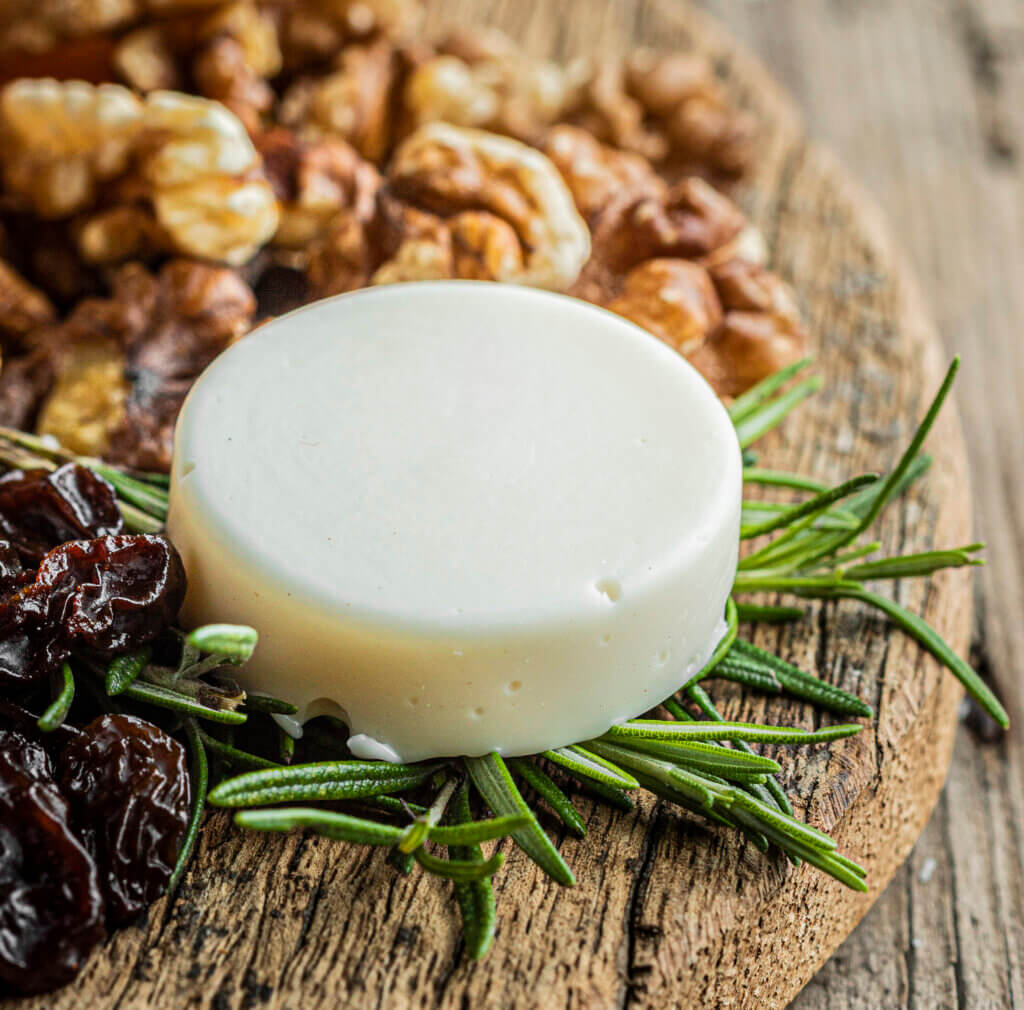 Those Vegan Cowboys
Those Vegan Cowboys
The goal here, however, is to replace sugars with grass for a truly grass-fed dairy experience that preserves farmer jobs while creating more sustainable dairy products. Those Vegan Cowboys aim to fully launch its vegan cheeses in 2027.
The green groundcover also has a potential purpose in the cultivated meat industry—where a small amount of animal cells are grown into real meat in a bioreactor. In 2019, scientists from the University of Bath demonstrated that they could grow pig cells using blades of grass as scaffolding.
“The idea was to essentially, rather than feeding a cow grass and then us eating the meat—why don’t we, in quotation marks, ‘feed our cells grass,’” Scott Allan, postgraduate chemical engineering student, told the BBC at the time. “We use it as a scaffold for them to grow on—and we then have an edible scaffold that can be incorporated into the final product.”
All of these innovations reimagine how protein can be produced, helping the world get to the other side of its dependence on animal agriculture, where the grass is sure to be greener.


